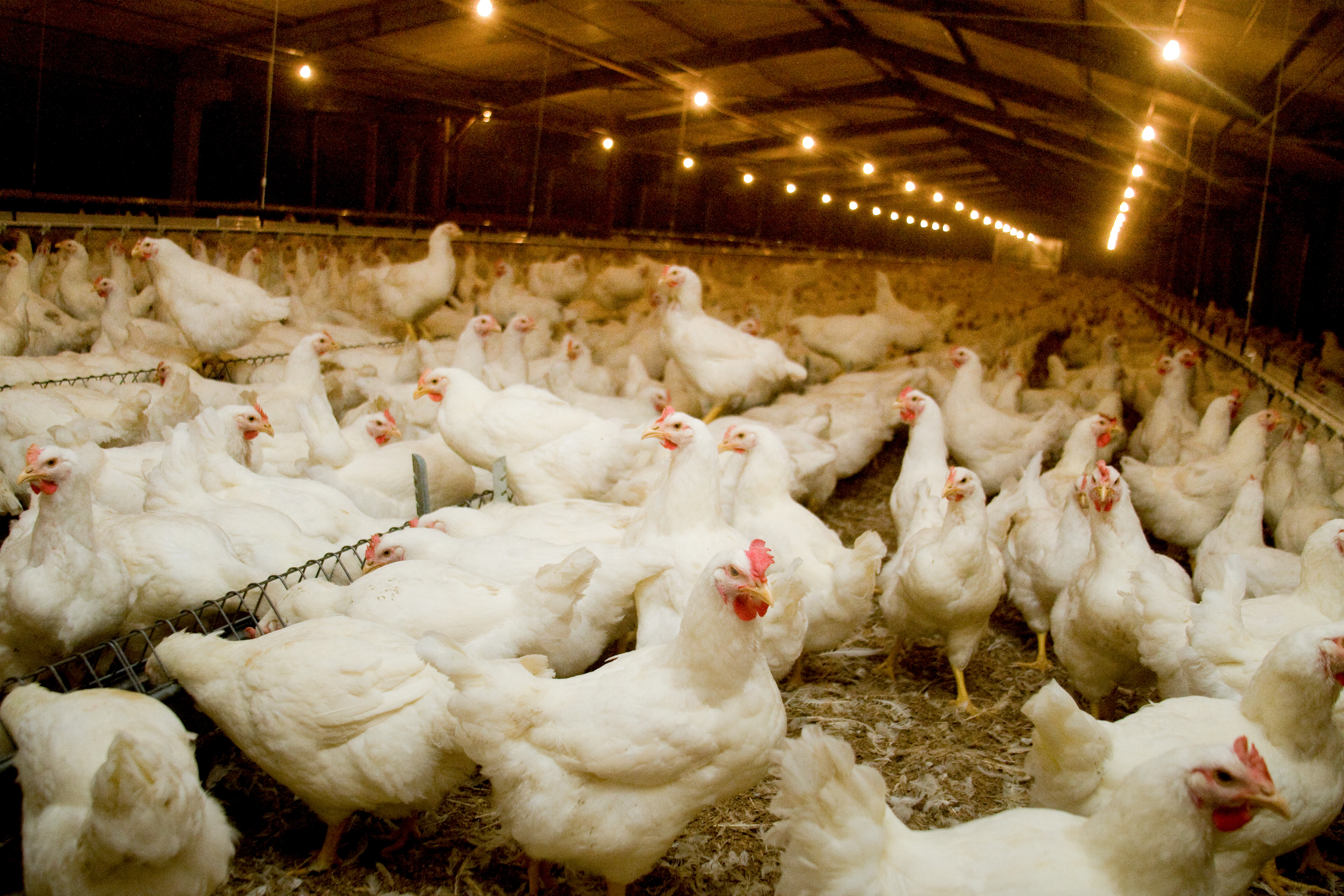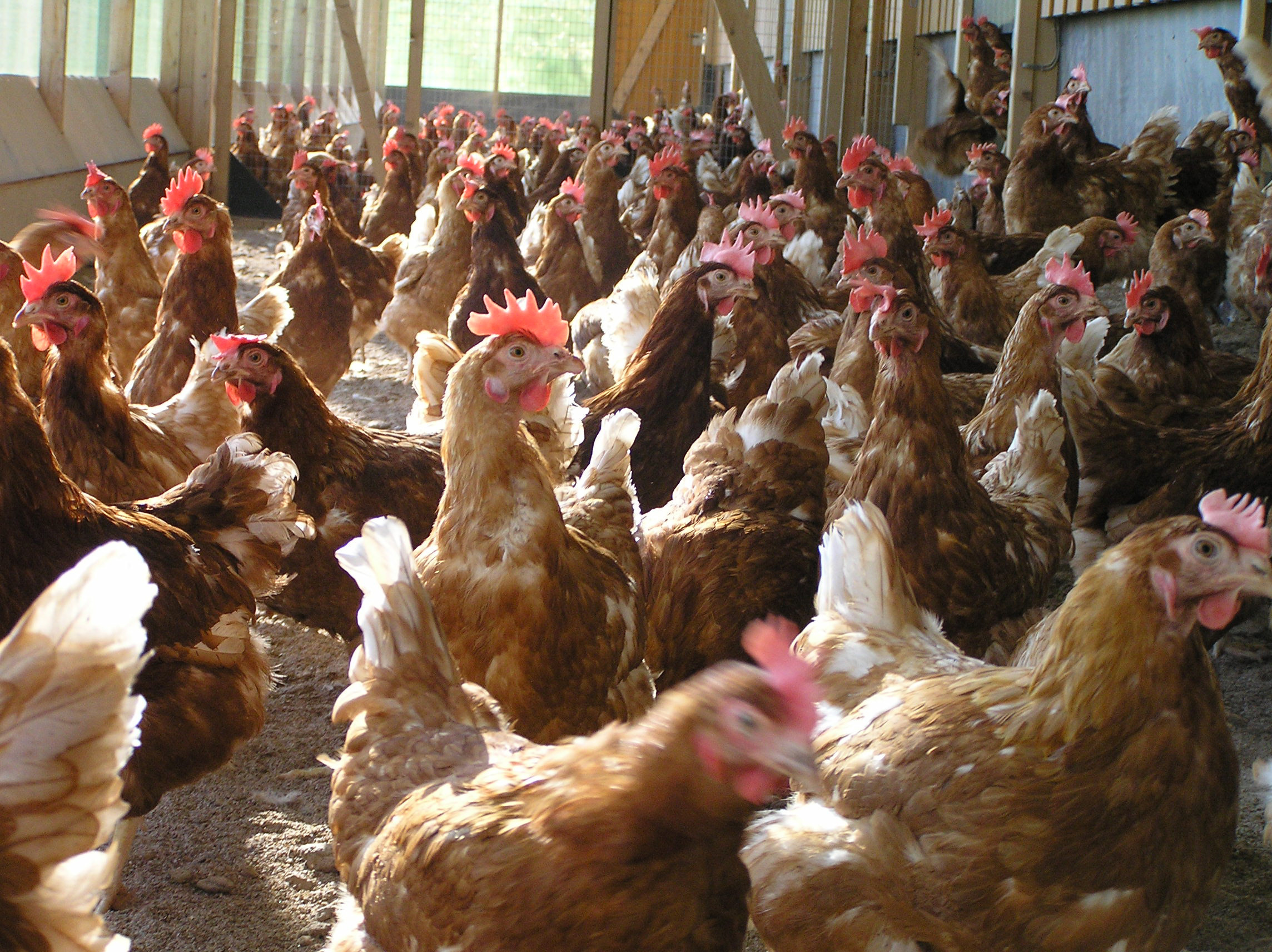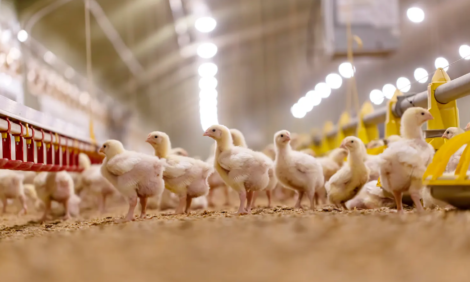



The importance of a feasibility study for poultry projects
A feasibility study is a vital tool to establish the viability of any poultry or livestock project. This should be the basis to inform the “go-no go” decision. In addition, it will indicate the main processes and challenges in the implementation of the project.Financial indicators are of high importance, but there are other factors to consider as well. A feasibility study may be a requirement to raise bank, non-bank or equity finance, but is important to do anyway even if finance is guaranteed (such as a government-guaranteed project).
The main aim is to find the go-no go factors that could prevent the project from being successful or maximizing its potential.

Here some examples of critical factors:
- Cost and reliability of electric and water supply
- Availability of land of suitable size
- Roads and transportation to main markets
- Environmental and animal welfare regulations
- Regulatory factors regarding vaccines and medicines
- Possibility of repatriating profits
The critical factors must be solved first, otherwise there is no point in continuing (no go), eg, if there is no way of repatriating profits no international investor will show an interest in the project.
Why should you do a feasibility study at the start of a poultry or livestock project?
The feasibility study takes a dream or an idea and analyzes whether it is possible to implement. Most business ideas do not reach fruition and of those that start many close within the first year. A great deal of time and effort can be wasted trying to implement an idea that is flawed. Worse still, much capital can be invested in a project that has to close because it is impractical.
Here are several examples of what can go wrong:
- There might be cheap frozen chicken being imported at dumping prices. In this case, the question is: Will local consumers be prepared to pay for fresh local product at a higher cost?
- Is there a local supply of quality hatching eggs? If not, can eggs be imported reliably (issue is regulatory and logistical).
The feasibility study aims to test the initiative. It should be done neutrally. We all like to think our intuition is perfect, but this has to be tested against the hard anvil of facts.
In the long run, an investment in a quality feasibility study is very rewarding. If the result is positive, then you will have a firm foundation on which to move forward. The feasibility study may be followed up by a full business plan, which will be the road map for the project.
If for some reason the result is negative, then this is also very valuable information. It is better to know in advance if a project might fail rather than investing time, effort, reputation and money in a project that is flawed.
A feasibility study is like a teaser for a full business plan and the result might indicate that the project can return its investment in a short time. At this stage, it is really of no importance if this will take three or five years. The order of magnitude is what is important. Assuming this is an acceptable return, it is worth investing in a full business plan.
What a feasibility study isn’t
- It isn’t an academic study. It should be very focused. The study is time sensitive and the fact that a certain plan wasn’t viable five years ago does not mean it isn’t viable now or might be in the future.
- It should not define the scope or basic ideas of the project. The basic concept to be tested must be well defined, eg, a feasibility study to check an integrated poultry project in Ethiopia of 12,000 tonnes a year. The study might indicate that the scope has to include a hatchery or breeding farms (due to lack of local alternative), but won’t decide if you should grow chicken or avocados.
- It should not be a template. It is true that there are many standard templates on the internet that offer to do a feasibility study for $100. The feasibility study needs to be designed for the specific needs of the customer based on local conditions. No template can do that.

What is in the feasibility study?
Market and need analysis
- What will be the market for the product?
- What amount can be sold at what price?
- How is the market segmented?
- Which segment is best to attack?
Example – The current market for eggs In Europe is shifting rapidly towards cage free. Most investors realize they should stay away from cage eggs, but do not fully understand the difference among the alternatives, such as barn, aviary, free range and organic. The plan needs to assess how consumers will behave in the future and how future regulations will be formulated. The decision might be critical to the project’s future. So, for example, if the barns are placed too close together there will be no future room to move into free range.
If the market is an established one, such as the American broilers market, there is plenty of data and it is relatively easy to assess market trends (though no one can predict future disruptions).

If the market is new or small, then the assignment becomes much harder. The fact that poultry production and consumption is low might be because there is little production, but might also be the result of limited demand or a preference for pork.
If the project’s size is too large compared to the local market, then you have to consider what effect new production will have on market price. A classic mistake I witnessed: the price of quail eggs in a certain market was very high, so a farmer built a 40,000 egg a day project. He did not consider that before he began the market was balanced at production of 2,000 eggs a day for specialty restaurants, among others. Once he flooded the market, the price dropped to close to zero.
Another consideration is how competitors will react. For example, if a large company is dominating a market importing meat, it has the option of dropping its prices to preserve its market domination.
Process analysis
Need to make a detailed and high-level sketch of the project.
- Scope – decide which elements will be included in the project. Will it be modular or built all at once?
- Capital – for all the buildings, land and equipment needed to establish the project
- Raw materials availability – chicks, feed (unless grown as part of the project), electricity, water, vaccines, etc.
- Labor and professional skill requirements. Visa regulations to import workers (skilled or not)
- Regulation – building, environmental, land ownership, import and company taxes, foreign currency restrictions, etc.
The model needs to be challenged and stress tested using WCGW (what can go wrong) analysis. This is the time to identify possible hurdles and see if they can be resolved.
Financial analysis
The financial analysis at this stage should focus on the key indicators of success.
There is a need to analyse capital, costs, running and fixed costs, and compare with estimated revenue.

The key indices will be return on investment (ROI) and net present value (NPV), or time to return investment. Some sensitivity analysis should be done, e.g., price of product (chicken eggs), how well-founded the indices are. Even if NPV is good, you need to calculate whether a small reduction in price will cause a big fall in NPV.
Two important points that are often overlooked at this stage:
- Minimum starting size – you might not want to undertake the whole project at once, but develop it in a modular fashion. This can be the result of considerations of capital investment, land availability, developing the market or building up capabilities and skills. Clearly, if you can invest a quarter of the capital for a quarter of the production this might reduce risk (pilot project). The problem is that often the quarter size is too small to be profitable. You still need a slaughterhouse and feed mill, which both are volume sensitive; economy of scale is lost and this will increase the product’s price and your ability to compete. While a full-scale project might be successful, one on a smaller scale might be doomed to failure.
- Cash flow – a full cash flow analysis is in the realm of the full business plan, but you need to ensure already at this stage that the financing will cover the expected cash flow. Each livestock business requires working capital, so there is a lag between purchasing raw materials and the incoming cash.
Linking to investors current interests
One key reason why no two feasibility plans are the same is that the project has to be considered as part of the company’s or investor’s current portfolio.
Is the project green field or an expansion? Is it more of the same? For a large existing company building a new 24,000-ton integrated project will not cause many capability or technological challenges. Most of the concern will be focused on how the project links with the company's overall structure and market. A new investor will have a completely different perspective as the risks are different.
Two investors may conduct a feasibility study for the same project and get completely different answers. If investor A owns or is aligned to a chain of supermarkets, he wants the egg production to vertically integrate. He knows he can sell the eggs because he owns the shelf space. Investor B grows corn and has a feed mill, which is operating at 50% capacity and he is interested in synergies with the grain business. In such a case, each investor will get a different answer from a feasibility study.
A feasibility study is of high importance and can save a lot of money and future grief. It is highly recommended to growers and entrepreneurs to make this extra investment at the first stage and avoid complications and unnecessary waste of resources and efforts.










